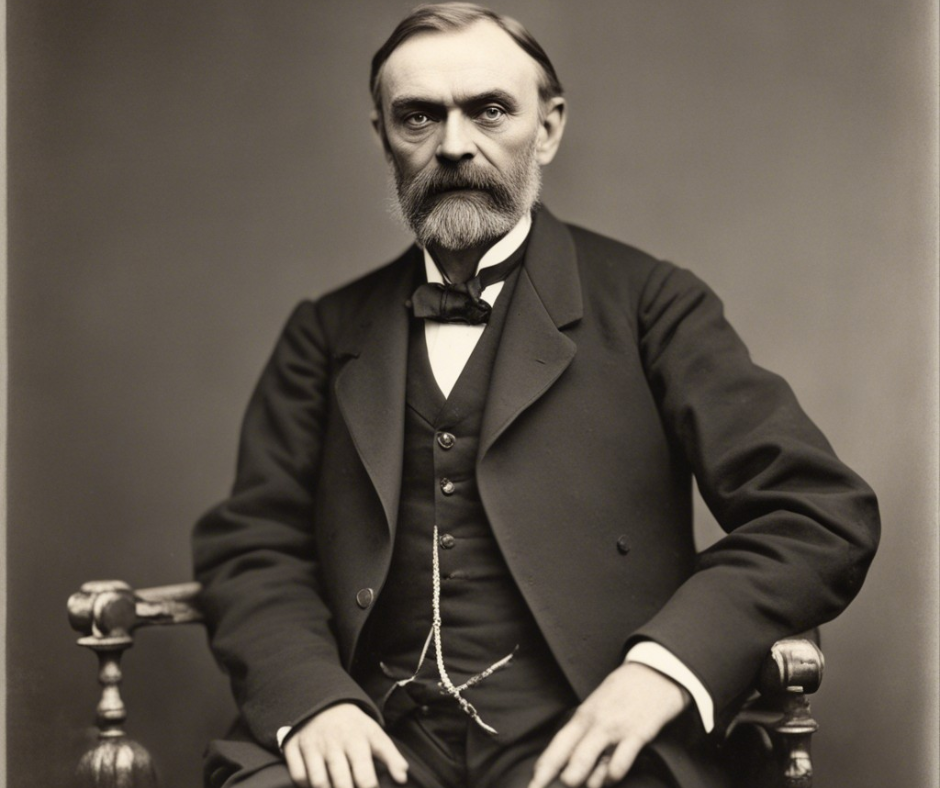

Who was Alfred Nobel and what was he known for before the peace prize?
Alfred Nobel was a Swedish inventor, engineer, and industrialist who lived from 1833 to 1896. He is best known for inventing dynamite, a powerful explosive that revolutionized the construction and mining industries.
Before the peace prize, Alfred Nobel had a successful career as an inventor and businessman. He held 355 different patents, including inventions related to explosives, ballistics, and synthetic rubber. Some of his notable inventions and contributions include:
- Dynamite: Nobel's most famous invention, dynamite, was patented in 1867. It was a safer and more stable explosive compared to the existing nitroglycerin-based explosives. Dynamite played a crucial role in various industries, such as mining, construction, and infrastructure development.
- Blasting Caps: Nobel also invented the blasting cap, a device used to initiate the detonation of explosives. This invention made it easier and safer to use dynamite in various applications.
- Gelignite: In 1875, Nobel invented gelignite, a more stable and powerful explosive than dynamite. Gelignite became widely used in mining and quarrying operations.
- Smokeless Powder: Nobel's research in ballistics led to the invention of smokeless powder, a propellant used in firearms. This innovation greatly improved the safety and efficiency of firearms.
Alfred Nobel's inventions had a significant impact on industrial development and warfare during his time. However, it is important to note that his legacy extends beyond his inventions. In his will, Nobel left the majority of his fortune to establish the Nobel Prizes, including the Nobel Peace Prize, which is awarded annually to individuals or organizations that have made notable contributions to peace.
References:
Related Posts
© 2025 Invastor. All Rights Reserved

User Comments